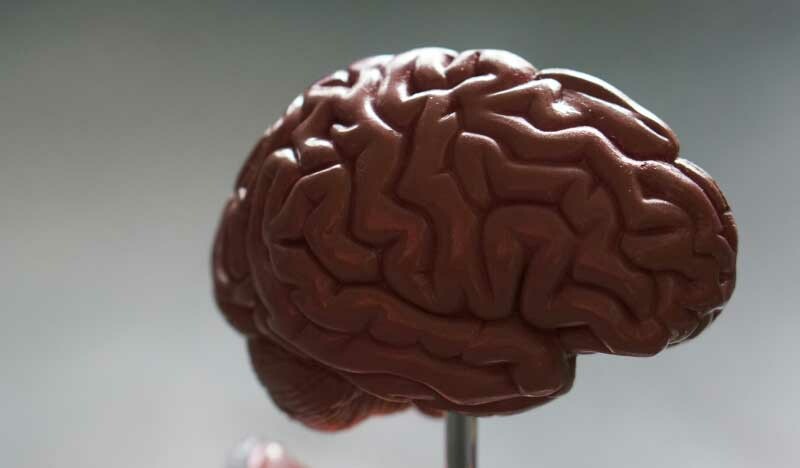FACT-CHECK: Is Left-Brain/Right-Brain Dominance Real?

Photo: Robina Weermeijer on Unsplash
In popular culture, the idea that individuals possess dominant “left-brain” or “right-brain” tendencies has persisted for decades, shaping beliefs about personality traits and cognitive abilities.
The theory of left-brain/right-brain dominance suggests that individuals are either analytical and logical (left-brained) or creative and intuitive (right-brained). This belief has permeated various aspects of society, from education to self-help literature, influencing how people perceive themselves and others.
However, recent scientific research challenges this widely held notion, revealing a more nuanced understanding of brain function.
The Claim: People are “left-brained” or “right-brained”
The Facts:
Neuroscientific research has debunked the oversimplified notion of hemispheric dominance. Studies have shown that the human brain operates as a highly interconnected system, with both hemispheres collaborating in most cognitive tasks.
While certain functions may exhibit lateralization – such as language processing being predominantly localized in the left hemisphere for most people – the brain is too complex to fit rigid categorizations of “left-brained” or “right-brained” types.
- Complex Interactions: Research highlights the uniform organizational principle underlying brain function across species. The brain’s intricate networks allow for flexible information processing, challenging the idea of fixed dominance.
- Lateralization: While some functions show a degree of lateralization, a 2014 study found that this doesn’t imply exclusive processing by one hemisphere. Tasks requiring spatial processing or visual recognition may activate regions in the right hemisphere, but the brain integrates information across both hemispheres.
- Personality Traits: A 2013 study on resting-state functional connectivity MRI shows the dynamic nature of personality, suggesting that it arises from interactions between multiple brain regions rather than hemispheric dominance.
- Neuroimaging: Advanced techniques like functional MRI (fMRI) have provided insights into brain activity patterns. Research emphasizes the bilateral involvement of both hemispheres in cognitive tasks, challenging the notion of unilateral dominance.
The Verdict:
The belief in left-brain/right-brain dominance is a persistent myth that lacks empirical support. While certain functions may exhibit lateralization, the brain operates as an integrated system, with both hemispheres contributing to most cognitive processes.
Personality traits arise from dynamic interactions between various brain regions, rather than being determined by hemispheric dominance.










